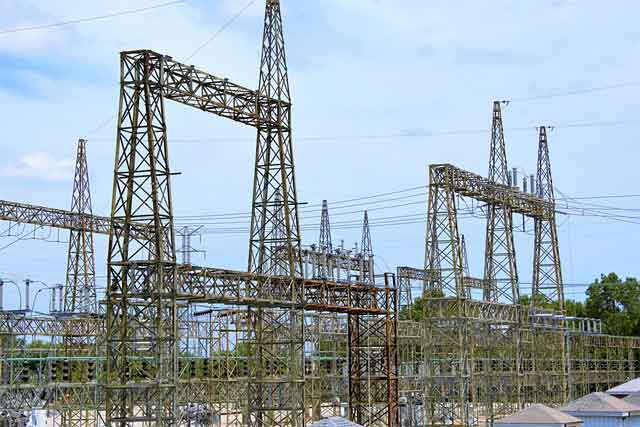Ontario breaks mercury pledge
TORONTO, ONTARIO - The Ontario government has quietly reneged on a national commitment to reduce the level of mercury in air pollution.
Sources say the Liberal government's recent decision to break a 2003 cornerstone campaign promise and keep open the province's pollution-spewing coal-fired generating plants well past 2009 is behind the policy U-turn.
Canada's federal, provincial and territorial environment ministers were poised to announce a reduction in the highly toxic mercury emissions by 50 per cent from 2003-04 levels by 2010.
But in a letter to Saskatchewan Environment Minister John Nilson, president of the Canadian Council of Ministers of the Environment (CCME), Ontario Environment Minister Laurel Broten said the province is unable to keep the commitment.
While Broten claims Ontario is "the champion for mercury and air issues" among the environment ministers' collective, she offers no timetable for when Premier Dalton McGuinty's government could actually abide by standards approved by Ottawa and the other provinces and territories.
"As you know, the CWS (Canada-wide standard) for mercury emissions from coal-fired electric power generation plants was approved in principle at the last CCME meeting in June 2005," the minister wrote in a letter dated June 14.
"As the champion for discussion on this item at the upcoming June 16, 2006, CCME teleconference, I am writing to request that the final endorsement of the standard be postponed to a future CCME meeting, where a fuller discussion and release of a communiqué would be more appropriate," Broten continued.
Her letter came after Energy Minister Dwight Duncan revealed on June 9 that the Liberals were abandoning their election pledge to close all coal-fired plants by 2007 to reduce emissions. (Last year, they extended that deadline to 2009.)
The Lambton station, near Sarnia, will remain open past 2007 and the massive Nanticoke plant on Lake Erie will be churning out pollution long after 2009. Two smaller northern Ontario coal plants are still slated to close next year.
Broten's letter suggests that there is less urgency around reducing dangerous emissions than there is ensuring the lights remain on in the energy-starved province.
"I look forward to taking part in discussions at the next face-to-face CCME meeting, particularly related to future CCME and federal government directions on air, and I would prefer that the discussion item on the CWS on mercury be discussed within that broader context."
Government insiders say Broten's missive caught the other environment ministers off-guard because a news release touting the national mercury reduction plan had been prepared to be distributed across Canada.
Ontario's last-second manoeuvre undermined work going on since 2000 that would have dealt with industrial sectors that account for 80 per cent of Canada's mercury emissions.
"Ontario has to know that this has been coming down the pipe," said one frustrated official, privy to Friday's conference call.
Environmentalists, already angry at the McGuinty government for announcing last week that at least two new nuclear reactors would be built, will likely be disappointed in this latest development.
In a recent article, Sierra Legal Defence Fund lawyer Albert Koehl, a former Liberal candidate, warned that even the "proposed Canada-wide standard is weak (and) falls significantly short even of the low end of the recommended range."
Koehl noted mercury from the coal-fired plants pollutes waterways, contaminates fish and poses health risks to pregnant mothers and children.
Related News

Company Becomes UK's Second-Largest Electricity Operator
UK - In a significant shift within the UK’s energy sector, a major company has recently ascended to become the second-largest electricity networks operator in the country. This milestone marks a pivotal moment in the industry, reflecting ongoing changes and competitive dynamics in the energy landscape. The company's ascent underscores its growing influence and its role in shaping the future of energy distribution across the UK.
The company, whose identity is a result of strategic acquisitions and operational expansions, now holds a substantial position within the electricity networks sector. This new ranking is the result of a series of investments…




